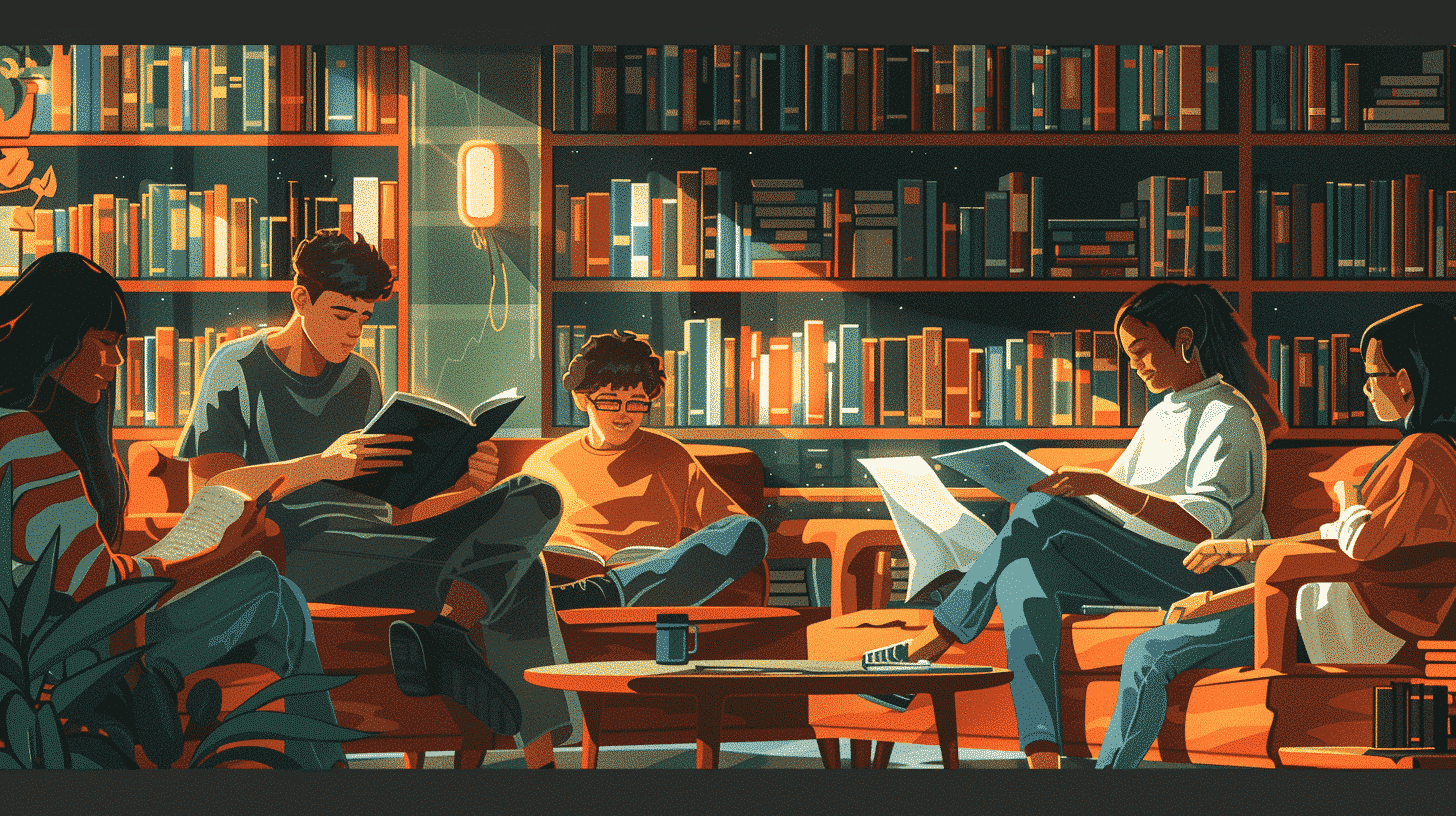Why Learn Arabic with Cartoon Content?
Learning Arabic through cartoons is gaining popularity due to its ability to make the language accessible, especially for beginners and younger learners. Here are some reasons why cartoons are a powerful medium for language learning:
- Contextual Learning: Cartoons provide visual cues and contextual storytelling that help learners understand vocabulary and sentence structures naturally.
- Engagement and Motivation: The entertaining nature of cartoons keeps learners interested and motivated, reducing the monotony often associated with traditional language study.
- Repetition and Familiarity: Cartoons often have recurring phrases and dialogues, allowing repeated exposure to essential vocabulary and grammar.
- Pronunciation and Listening Skills: Hearing native speakers through animated characters helps improve listening comprehension and pronunciation accuracy.
Talkpal leverages these benefits by integrating carefully selected Arabic cartoons into its learning platform, providing an immersive and interactive experience.
How Talkpal Enhances Learning Arabic with Cartoons
Talkpal is designed to facilitate an effective Arabic learning journey by combining technology, engaging content, and proven pedagogical methods. Here’s how Talkpal enhances the process of learning Arabic with cartoons:
Interactive Cartoon-Based Lessons
Unlike passive viewing, Talkpal offers interactive lessons where learners can engage directly with cartoon scenes. Features include:
- Clickable Vocabulary: Users can click on words or phrases within the cartoon to see definitions, translations, and usage examples.
- Quizzes and Exercises: After watching a segment, learners complete quizzes that reinforce comprehension and vocabulary retention.
- Pronunciation Practice: Talkpal integrates speech recognition technology allowing users to practice pronunciation with immediate feedback.
Customized Learning Paths
Talkpal personalizes the learning experience by adapting cartoon content to the learner’s proficiency level:
- Beginner-Friendly Cartoons: Simple dialogues and slow speech for those just starting to learn Arabic.
- Intermediate and Advanced Levels: More complex storylines, idiomatic expressions, and faster speech tailored for higher proficiency learners.
- Topic-Based Learning: Users can choose cartoons based on interests such as everyday conversations, culture, or business Arabic.
Community and Support
Learning Arabic with cartoons on Talkpal is not a solitary process. The platform fosters a community where learners can:
- Discuss episodes and language points with peers and tutors.
- Share language learning tips and resources.
- Receive encouragement and motivation through group challenges and achievements.
Effective Strategies to Learn Arabic with Cartoons
To maximize the benefits of learning Arabic with cartoon content, consider the following strategies:
1. Choose Cartoons with Clear and Standard Arabic
Arabic dialects vary widely, so beginners should focus on cartoons featuring Modern Standard Arabic (MSA) or the dialect relevant to their goals. MSA is the formal language used in media and education, making it a solid foundation.
2. Watch with Subtitles
Start by watching cartoons with Arabic subtitles to associate spoken words with their written form. Later, transition to watching without subtitles to improve listening skills.
3. Break Down Episodes into Segments
Divide cartoon episodes into manageable parts. Watch a segment multiple times, focusing on vocabulary, expressions, and pronunciation.
4. Repeat and Shadow
Use shadowing techniques where you repeat the dialogues immediately after hearing them. This practice enhances fluency and accent.
5. Take Notes and Create Flashcards
Write down new words and phrases, then create flashcards for review. Digital tools like Anki or Quizlet can be used for spaced repetition.
6. Engage with Native Speakers
Supplement cartoon learning by practicing with native Arabic speakers through Talkpal’s community or language exchange features.
Top Arabic Cartoons Recommended for Language Learners
Here are some popular cartoons that are particularly beneficial for those looking to learn Arabic:
- “Iftah Ya Simsim” (Open Sesame): An Arabic adaptation of Sesame Street, perfect for beginners.
- “Adnan wa Lina”: A series that teaches Arabic through adventurous storytelling.
- “Basmat Watan”: A cartoon featuring daily life situations, ideal for practical vocabulary.
- “Kalila wa Dimna”: Animated fables providing cultural insights and advanced vocabulary.
Many of these cartoons are available on Talkpal, integrated with interactive learning tools.
Benefits of Combining Talkpal with Cartoon-Based Learning
Using Talkpal as your platform for learning Arabic with cartoons offers several distinct advantages:
- Structured Learning: Unlike random cartoon viewing, Talkpal provides a curriculum aligned with language proficiency frameworks.
- Progress Tracking: The platform monitors your learning journey, offering insights and personalized feedback.
- Multisensory Engagement: Combining audio, visual, and interactive elements supports diverse learning styles.
- Convenient Access: Available on multiple devices, allowing you to learn anytime, anywhere.
Tips for Maintaining Consistency and Motivation
Learning Arabic with cartoons is enjoyable, but consistency is key to success. Here are tips to stay on track:
- Set daily or weekly goals, such as watching one episode and completing related exercises.
- Create a comfortable and distraction-free learning environment.
- Reward yourself after reaching milestones to stay motivated.
- Join Talkpal’s community events to connect with fellow learners.
Conclusion
Learning Arabic with cartoon content is an effective and enjoyable approach that combines visual storytelling with language immersion. Talkpal enhances this method by offering interactive, tailored lessons that boost vocabulary, grammar, and pronunciation skills. By integrating cartoons into your Arabic learning routine through Talkpal, you can make steady progress while having fun. Embrace this creative learning strategy and unlock the rich world of Arabic language and culture today.









